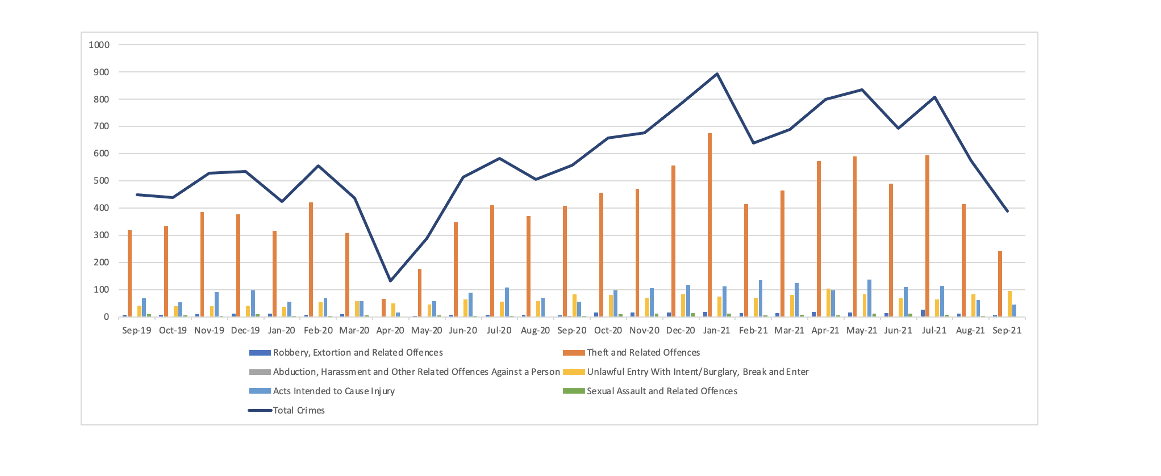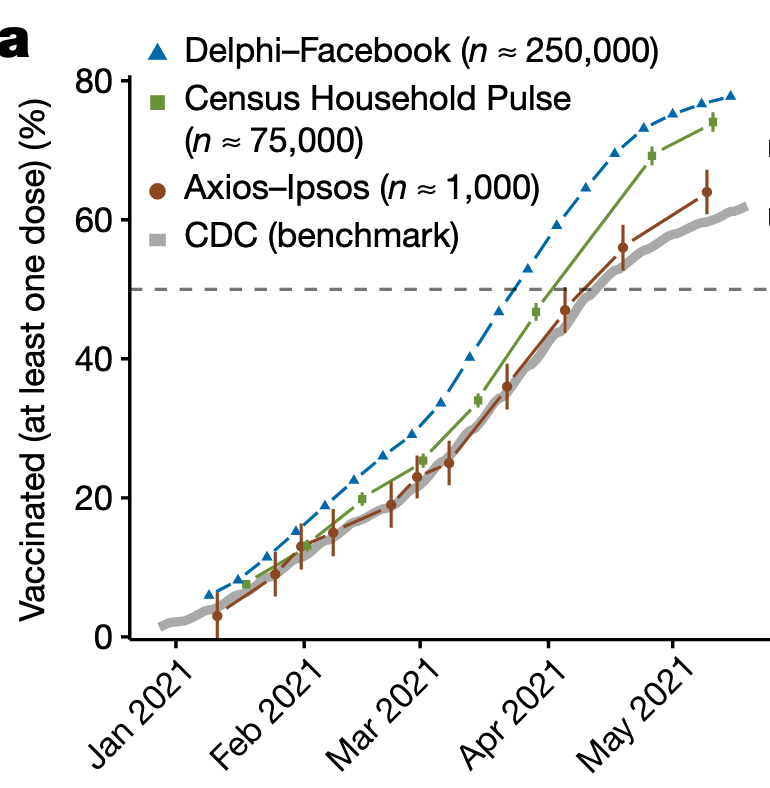Fungible carbon
There’s a piece in Stuff about a startup using NFTs to do carbon capture. I’m not going to get into a general discussion of NFTs here1. What’s StatsChat-relevant about the story is the general principle that when you have two numbers you should do something with them.
The company in question has a current product and a planned product. The current product is a subscription that offsets more carbon than you use on Instagram, for $5/month. The planned product is a set of $1000 NFTs that will offset 1 tonne more carbon than they cost to produce, and will potentially generate royalties on future resales to offset more emissions.
Looking at the Instagram offset subscription, you’re getting about 6kg of offset per dollar, so about $160/ tonne. The NZ emissions trading scheme price is about $70/tonne. You might be worried about the quality and reliability of the NZ offsets — I haven’t looked into this in any detail, and you probably haven’t either — so you might be willing to pay more for offsets you trusted more and which had the potential to develop new technologies. Or you could buy for US$15/tonne directly from Tradewater, one of the companies used by Cool Points Club, whose approach is to prevent emissions of used refrigerant gasses by incinerating them. The monthly price does include GST and the cost of running the system; I don’t think it’s great value, but it’s priced transparently and it’s probably capturing money that wouldn’t otherwise be spent on carbon offsets.
The NFTs initially cost about $1000 for one tonne of offset. That’s very expensive. You can buy 14 tonnes of generic NZ offset for that much, or 66 tonnes directly from Tradewater (give or take any GST liability). If these are going to be worthwhile, nearly all of the value will have to be in the NFT, not in the offset.
1 and since I moderate the comments, neither are you



Recent comments